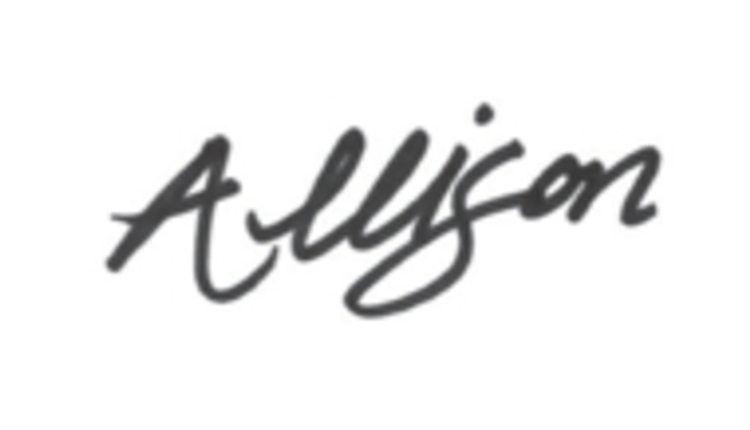- People. Hire essential personnel to respond and conduct recovery operations. Don't forget maintenance and support programs!
- Internal Communications. Keep employees informed of the situation and what you will request of them.
- External Communications. Inform the news media, customers, shareholders, community officials, suppliers and the general public.
- Information Technology. Back up all software, data, systems, equipment, personnel, passwords, Internet connections and intranet capabilities.
- Equipment. Know which are critical and unique for production/operations, how to replace/repair, alternate locations, transportation, etc.
- Facilities. Utilize alternate work sites, keeping in mind space, data, electrical, water, sewer, telephone, furniture and unique work requirements.
- Suppliers, Vendors, Contractors. Record who to contact, skills/products, response times, contracts in place and 24-hour contact.
- Insurance Coverage. Do a "what if" with an insurance company, and analyze the coverage to include business interruption insurance.
- Risk Assessment. Determine the type (natural, technological, human), location, severity, business impact and frequency of potential emergencies.
- Preparedness. Consider plans, procedures, training, equipment, facilities, organization and coordination with other facilities and response organizations.
Gregg Beatty [embc@mchsi.com] is the president of embc and has been providing consulting services in the areas of emergency management and business continuity for 40 years.












